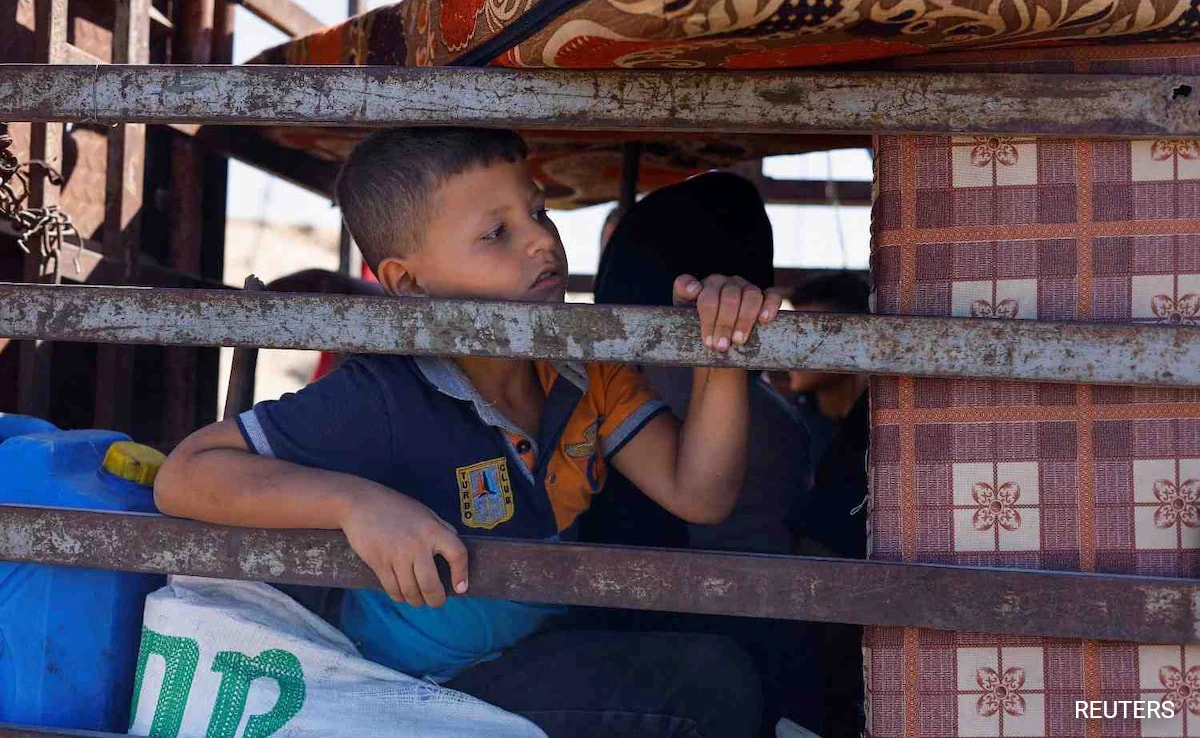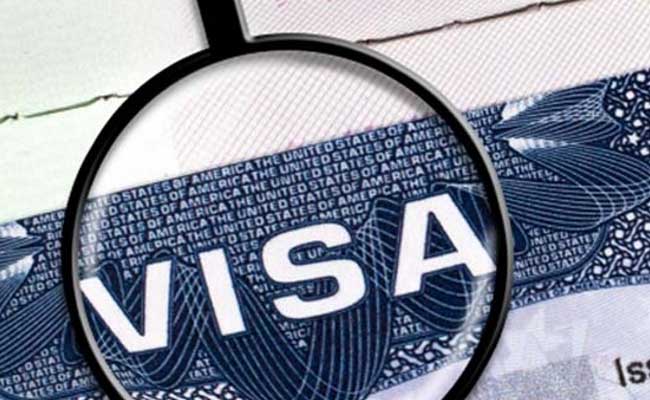NATO Secretary General Jens Stoltenberg said last week that Russia should stop its “dangerous irresponsible nuclear rhetoric,” and warned that it could “never win a nuclear war.”
Only recently has Russia gone out of its way to tamp down the worries: Kremlin Spokesman Dmitry Peskov told PBS Monday that “no one is thinking about” using nuclear weapons. But even as peace talks stir optimism, trust in Russian rhetoric remains low, after Moscow’s repeated claims that it would not invade Ukraine.
Despite echoes of the Cold War past, the strategic landscape has shifted. Wartime equations about the risk of using nuclear actions — which are never simple — have been complicated by “tactical” warheads that Russia has stockpiled. These smaller nuclear weapons, far less powerful than the ones the United States dropped on the Japanese cities of Hiroshima and Nagasaki during World War II, are designed to be used on the battlefield.
Their smaller size, some experts fear, could break down the nuclear taboo. Russia is believed to have more than 1,500 of them.
Sarah Bidgood, director of the Eurasia program at James Martin Center for Nonproliferation Studies in Monterey, said it was hard to estimate the level of risk that Russia would use a tactical nuke in Ukraine, but that it was clear Russia relied on its nuclear weapons, including tactical weapons, to give it flexibility in managing the risk of escalation.
“That means Russia could introduce nuclear weapons into a conflict when it felt it had run out of conventional options and was facing an existential threat, Bidgood said. “It’s hard to say, because we don’t have a good sense for what all of Putin’s red lines are here, or what he regards as an existential threat.”
.png)











 English (United States) ·
English (United States) ·  Turkish (Turkey) ·
Turkish (Turkey) ·